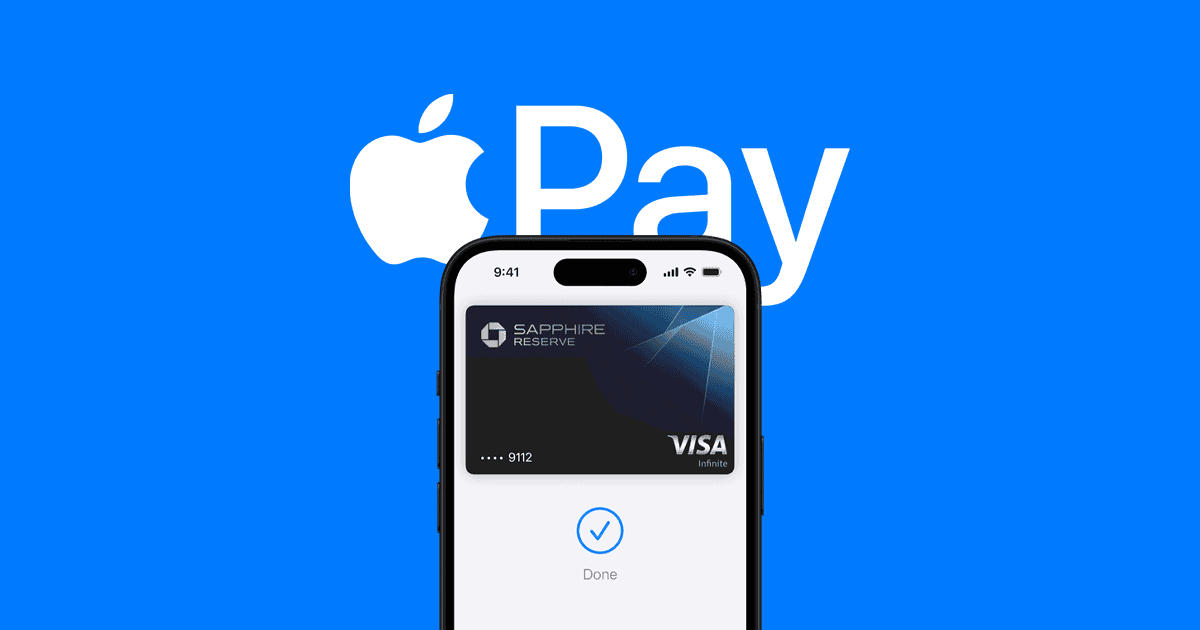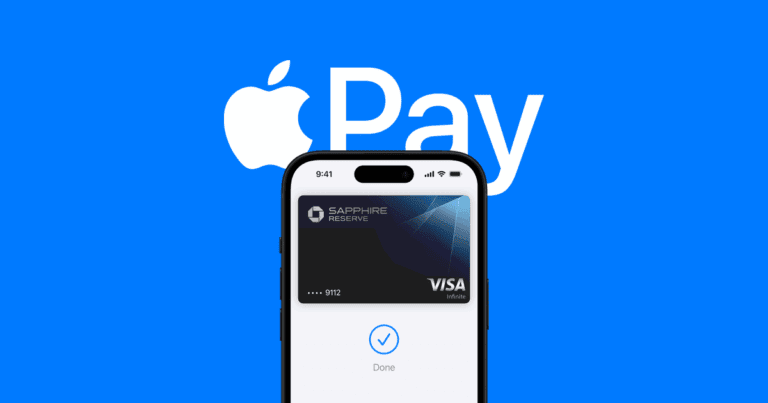Since its launch in 2014, Apple Pay has transformed how millions of people make payments. What began as a convenient contactless payment method has evolved into a cornerstone of Apple’s broader financial ecosystem — one that includes Apple Card, Apple Cash, and Tap to Pay for merchants. As we move deeper into the digital era, Apple Pay’s influence is only expected to grow.
A Decade of Growth
Apple Pay’s adoption has accelerated rapidly in recent years. According to Capital One Shopping’s 2025 report, Apple Pay now has hundreds of millions of active users globally and is projected to account for 10% of all global card transactions by 2025 (BusinessEconomy). Between 2022 and 2024, its usage grew by more than 40%, reflecting the global shift toward contactless and mobile-first payments (PYMNTS).
Despite this success, analysts note that 90% of iPhone users have yet to fully embrace Apple Pay, suggesting enormous room for future expansion.
Key Drivers of Apple Pay’s Future
1. Integration Across Apple’s Ecosystem
Apple is uniquely positioned to make payments seamless across all its devices — iPhone, Apple Watch, iPad, and Mac. With Tap to Pay on iPhone, small businesses can now accept contactless payments without additional hardware, expanding Apple Pay’s role beyond consumers to merchants.
2. Security and Privacy Innovations
Apple continues to emphasize security and privacy as its main differentiators. Each transaction uses tokenization and Face ID or Touch ID authentication, ensuring that card details are never shared. As digital fraud grows globally, Apple’s reputation for privacy will remain a major competitive advantage.
3. Expansion into Financial Services
Apple Pay is increasingly becoming part of a larger financial ecosystem. With the Apple Card, Apple Savings, and Apple Pay Later, Apple is positioning itself as a legitimate player in fintech — not just payments. These services deepen user engagement and create a more integrated financial experience.
4. Global Adoption and Emerging Markets
Apple Pay is now available in over 80 countries, with more being added regularly. As contactless infrastructure expands in developing markets, Apple Pay’s global footprint will continue to grow. Partnerships with local banks and payment networks will be key to this expansion.
5. Developer Opportunities
According to MoldStud, developers are increasingly integrating Apple Pay into apps and websites to streamline checkout experiences. With APIs that support loyalty cards, transit passes, and identity verification, Apple Pay is evolving into a full‑service digital wallet platform.
Challenges Ahead
While Apple Pay’s trajectory is strong, it faces competition from Google Pay, Samsung Pay, and regional players like Alipay and Paytm. Regulatory scrutiny over Apple’s control of NFC technology and transaction fees could also shape its future direction.
The Road Ahead
Industry experts predict that Apple Pay will continue to lead the mobile payments revolution, especially as digital IDs, transit systems, and even car keys are integrated into the Wallet app. In the next decade, Apple Pay could become the ultimate digital wallet — not just for payments, but for identity, access, and everyday life management.
Conclusion
The future of Apple Pay is bright. With its expanding ecosystem, focus on privacy, and integration across Apple devices, it’s set to redefine how people interact with money. As more users adopt contactless payments and Apple deepens its fintech presence, Apple Pay is poised to become the centerpiece of the digital wallet era.
Sources:
- Capital One Shopping – Apple Pay Statistics (2025)
- BusinessEconomy – Future of Apple Pay: Will It Become the Ultimate Digital Wallet?
- Finance Magnates – Apple Pay’s Role in the Industry and Its Future
- PYMNTS – Apple Pay’s Ten-Year Journey
- MoldStud – Future Trends and Insights for Apple Pay Developers



